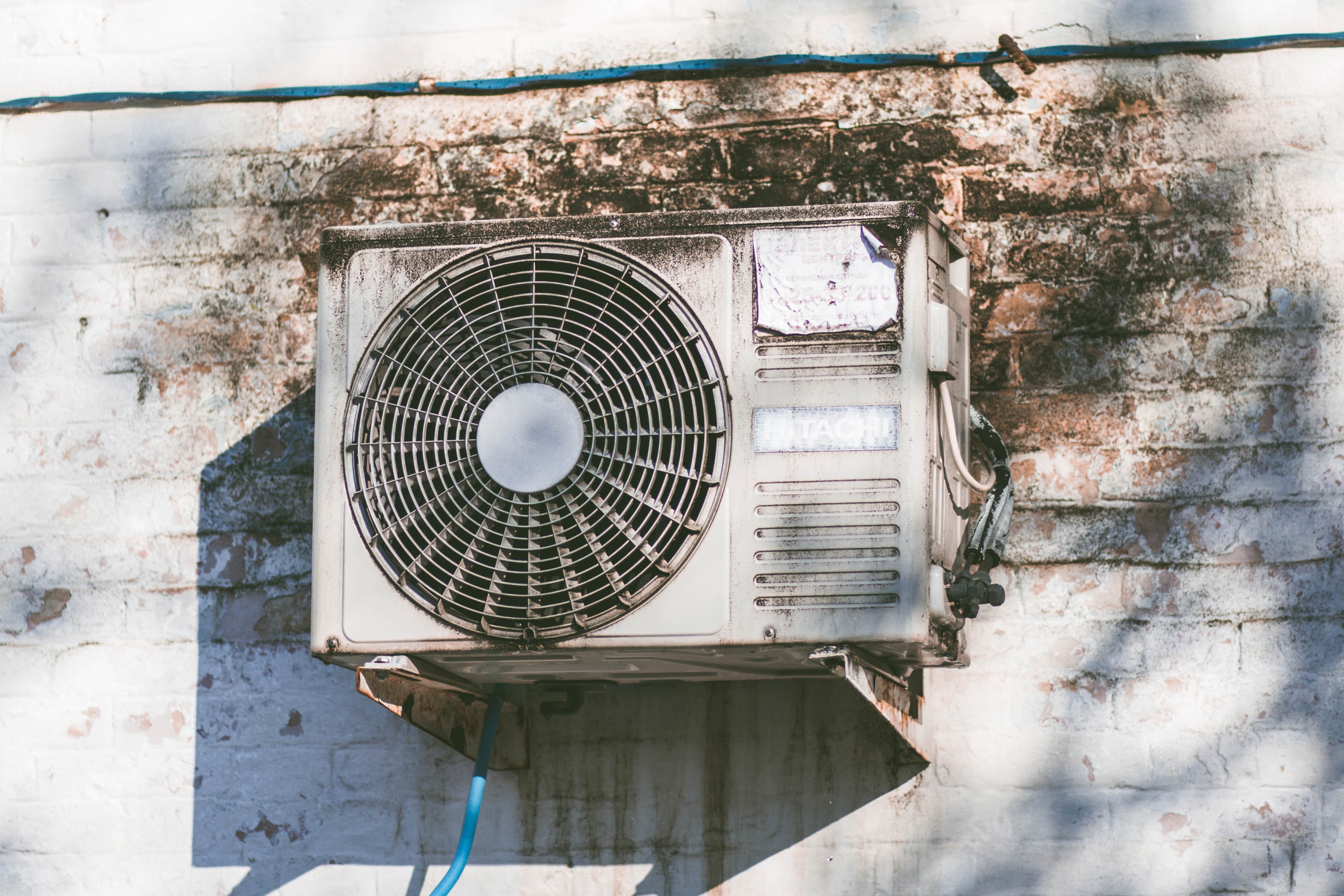Moisture and mould: how to avoid indoor pollution

January 28th, 2021
The air we breathe continues to be top of mind in 2021 during the ongoing COVID-19 pandemic. While we focus on avoiding contaminated air that might carry droplets of the Coronavirus, it is equally important to remain vigilant in keeping the indoor air in our homes healthy.
Indoor pollution in our homes can be attributed to a number of factors. Two common culprits of poor indoor air are moisture and mould. The conditions for excess moisture resulting in the growth of mould can be heightened during winter. And considering that people in Quebec and Ontario are spending more and more time at home for work and school, controlling indoor pollution in our homes is especially important.
We care deeply about indoor air quality at Solution D’Air. In this article, we’ll look at some important steps to keep your home dry and mould free.
Why is a dry house important for air quality?
While we sometimes complain about how dry the air is during the winter, dampness continues to be one of the most common causes of indoor pollution in homes. Even though your skin may feel extra dry, there could be extra moisture in your home that if left, will promote the growth of mould.
Common areas of your home that may be damp without you knowing include:
- drywall
- subflooring
- attics and crawl spaces
- carpets
- window and door frames
- ceiling tiles
What causes moisture to build up in homes?
Poor ventilation is the number 1 cause of a build-up of moisture in homes. When moist air is left to sit without circulation, it can penetrate the porous surfaces listed above. Moisture enters our homes in many ways including our respiration, cooking, bathing, doing laundry, watering plants, and humidity that seeps in from outside. If you don’t circulate the air in your home, all of these droplets of water can accumulate and leave your drywall, carpets and other soft materials in your home in a damp state.
Why does moisture contribute to mould growth?
Mould is a fungus that needs water to grow. Moisture can come from the air humidity, or from water that accumulates on any surface. Even concrete, which has no organic ingredients can grow mould on the surface when airborne spores cling to the dirt found there. In the winter, when cold surfaces such as concrete are heated, water condenses and creates enough moisture to help mould grow.
How to ventilate to decrease dampness
Poor ventilation is a major cause of dampness and is easy to fix in spaces that produce moisture like kitchens, bathrooms and basements.
Here are some simple solutions to help reduce dampness and avoid indoor pollution caused by humidity and mould:
- Run kitchen and bathroom exhaust fans during, and for several minutes after cooking, bathing, or showering.
- Open windows and doors (weather permitting), or run an air conditioner with the vent control open to remove humid air and introduce cool air
- Double-check that dryer, stove, kitchen and bathroom fans are venting well to the outside.
- Change or clean furnace, central heating, air conditioner, and dehumidifier filters regularly. Dust and dirt which accumulates in these filters will restrict airflow and decrease the efficiency in removing excess humidity in your home.
Why is mould dangerous for our health?
There is no safe limit for mould in the home, and any level of mould can cause health problems. Sometimes mould build-up is undetectable, and other times you’ll see or smell evidence of mould in your home. Either way, if there is mould in your home, your family is at increased risk for health complications such as:
- eye, nose and throat irritation
- coughing and mucous (phlegm) build-up
- wheezing and shortness of breath
- worsening of asthma symptoms
- other allergic reactions
What to do if you find mould in your home
Homeowners can usually clean small and moderate areas of mould on their own. It is important to intervene quickly in order to limit the potential damage to your home and to protect the health of your loved ones.
If you find yourself in a situation where you are unable to find the source of the mould or deal with it on your own, we invite you to contact us at Solution d’Air immediately. We proudly help residents of Gatineau, Ottawa and the surrounding areas to eliminate mould from their homes. Call today!









